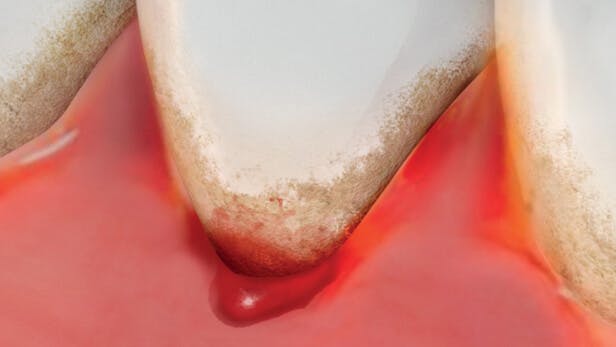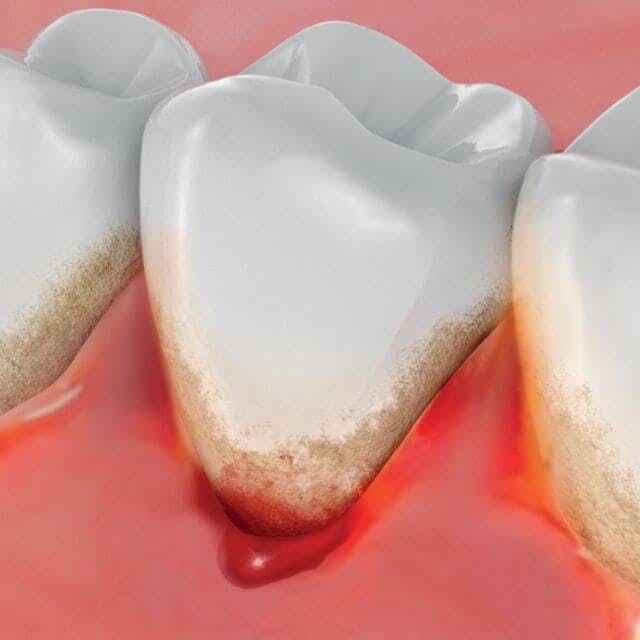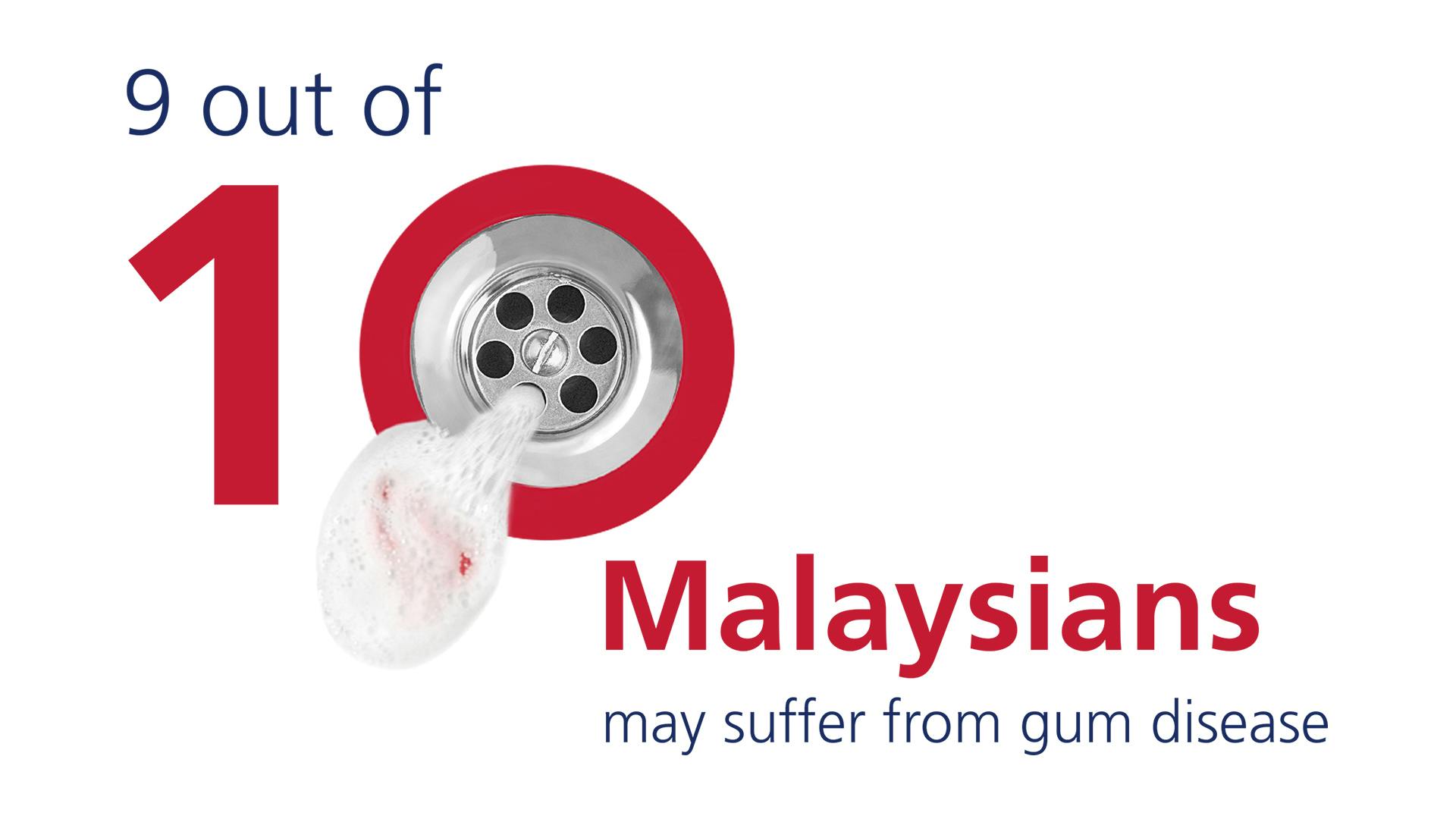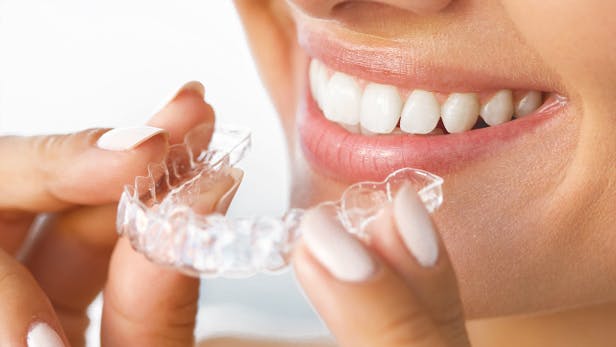5 ways to Treat Bleeding Gums
- Brush twice daily with a manual or electric toothbrush with a small head and soft round bristles. Try not to brush too hard and use a circular or elliptical motion around your mouth. It is recommended to replace your toothbrush every 3 months.
- Flossing or using interdental brushes can help remove food particles and plaque bacteria from hard to reach areas, such as in between your teeth. Floss twice daily, ideally just before you brush your teeth.
- Choose a fluoride toothpaste that has been scientifically formulated to reduce the build up of plaque bacteria that can irritate your gums and lead to gum disease. For example, parodontax toothpaste aids plaque removal and helps stop and prevent bleeding gums*.
- If you see blood in your spit when you brush or experience any other possible signs of gum disease, speak to you dentist as soon as possible. But don't wait for there to be a problem before acting. Attending regular dental check-ups can help you identify and treat gum disease symptoms before they get worse.
- A poor diet that is low in nutrients can make teeth and gums more vulnerable to problems.1 Likewise, the gums of smokers are more susceptible to infection.2 Leading a healthy lifestyle and eating well can help keep your whole body in good condition, including your gums.
*Consult your dentist for more information about gum problems.
1 Gum Disease Risk Factors | Perio.org. 2016. Gum Disease Risk Factors | Perio.org. [ONLINE] Available at: https://www.perio.org/consumer/risk-factors. [Accessed 16 August 2016]., 2 CDC.gov. 2016. Smoking, Gum Disease, and Tooth Loss | Overviews of Diseases/Conditions | Tips From Former Smokers | CDC . [ONLINE] Available at: http://www.cdc.gov/tobacco/campaign/tips/diseases/periodontal-gum-disease.html. [Accessed 16 August 2016].









